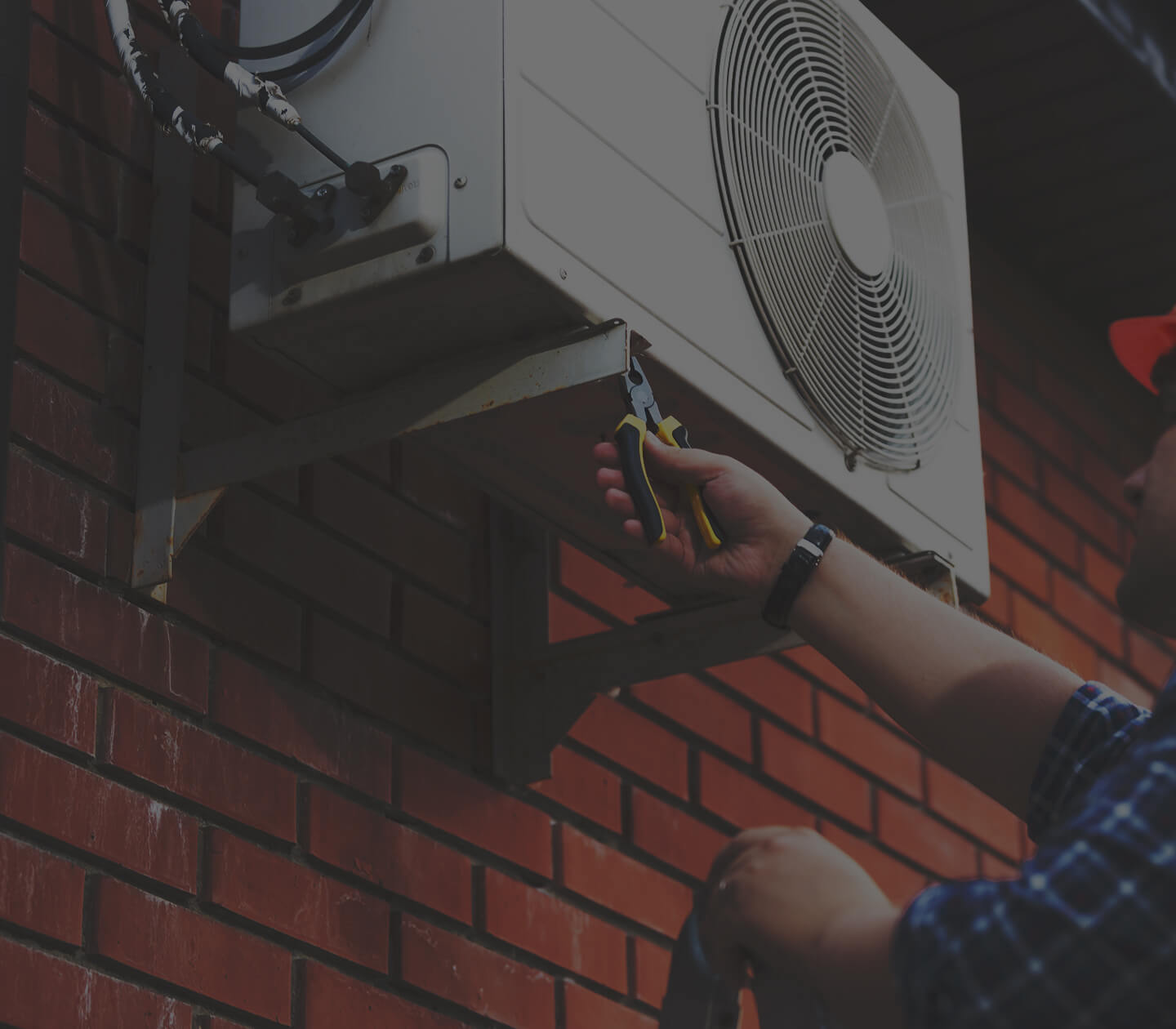When programmable thermostats hit the market some 20 years ago, homeowners who installed them realized energy savings. Their only effort was to program the thermostat to match their occupancy patterns. Anyone coming home unexpectedly had to override the thermostat, which if entered wrong, could wipe out energy savings.
As Wi-Fi apps proliferated, HVAC engineers found that they could combine the best that programmable thermostats offered with the intuitive intelligence of smart technology. Since then, smart thermostats give homeowners the same energy savings, if not more, without the learning curve for both saving energy and staying comfortable.
The technology embedded in smart thermostats now gives you control of your home’s HVAC system from anywhere you can get an internet signal. Besides energy savings, you have complete control over your home’s comfort system. By choosing the right thermostat and apps, you will also have detailed insight into your system’s performance.
Energy Savings
Unlike the learning curve associated with programmable thermostats, smart devices teach themselves. Once placed, the thermostat takes a few days to learn your thermal preferences and occupancy patterns. Sensor technology simplifies changing the temperatures for unexpected occupancy.
If your electric provider uses smart technology, you’ll be able to track your energy use on an hourly basis from anywhere. You can see the relationship between outdoor temperatures and your HVAC system’s energy usage.
The data you access will show you when your HVAC system runs the most. If those time periods occur when your home isn’t occupied, you can easily change the indoor temperature wherever you are to save energy and money. Reducing the amount of work your HVAC system does also reduces the wear and tear, which lowers the cost of repairs and increases its lifetime.
Your utility company may also offer an incentive for you to upgrade to a smart thermostat. Their representatives can also help you find a time-of-use plan (TOU) that will likely save money on your electric bill. Electric providers base their pricing on peak and nonpeak hours. These plans encourage users to use more energy during off-peak hours when the utility company pays less for it. When demand is high, you pay considerably more for each kilowatt you use. Switching to a TOU plan could lower your monthly energy bill.
Integration with Smart Home Systems
Some smart thermostats are compatible with devices like Amazon’s Echo. You can ask Alexa to change the temperature from anywhere in your home, whether it’s in the kitchen as you cook, or from the bedroom on a cold, winter night.
Thermostats that work with smart home hubs can coordinate opening your garage door or exterior doors and changing the temperatures at the same time. This feature works especially well in a well-insulated and leak-free home, since they take less time to heat or cool.
Improved Comfort
Many models of smart thermostats offer remote sensors you can place in all your rooms. Most homes have one thermostat typically placed in a hallway. The temperatures throughout your home will vary considerably because their thermal loads differ from the conditions in the hall.
When you put a remote sensor in a room and it’s uncomfortable to you, you can set the thermostat to cool or heat the air to the temperature you want. Unless you have a zoned HVAC system in your home, this ability is likely to raise your energy costs, but it will increase your comfort and give you control over the thermal conditions in that particular room.
Learning Curves with Smart Thermostats
Unlike programmable thermostats, smart devices learn your habits within a few days time, which eliminates the need to program them based on home occupancy patterns. The Nest, for example, uses a sensor that detects when your home is occupied and when it’s empty. It uses those data to establish the temperature setbacks that save energy.
Sensors on smart thermostats have simplified programming. They can tell when your home is empty, and set the temperature back automatically. Should someone come home unexpectedly, the sensor will turn the system back on.
These thermostats also give you the ability to override any settings the current home occupant has specified from anywhere. You can also find thermostats that are password protected, which gives just the people you choose permission to alter temperature settings.
Major Brands
- The first smart thermostat on the market was the Nest, and it’s still a market leader. It has a user-friendly interface and is compatible with most HVAC systems.
- The Ecobee is another major brand with similar features as the Nest.
- Honeywell, one of the nation’s oldest companies, also offers a smart thermostat at half the price of either the Nest or Ecobee without sacrificing any features. Other smart thermostat brands are available and a professional from TemperaturePro Columbus can help you choose which would work best for your home.
System Compatibility
You may have to do some homework to determine whether your HVAC system is compatible with specific types and brands of smart thermostats. Newer systems generally have greater cross-compatibility than older units.
Thermostat wiring is normally the limiting factor with regard to compatibility. An expert from TemperaturePro Columbus will help you discover which thermostats will work. Installing a device that’s not electrically compatible could damage your HVAC system’s control board.
Some manufacturers offer their own smart thermostats, and the advantages to these lie in their ability to report to you how the system is operating. You’ll receive alerts about when it needs professional maintenance, if a component isn’t functioning at full capacity, or even when to change the air filter.
Heat Pumps Are Special
During the summer, heat pumps work just like air conditioners, but that all changes in the winter when they switch to heat. Most heat pumps use an auxiliary heating coil to provide emergency back-up heat. This coil uses electricity to supply heat whenever the heat pump can’t warm your home adequately within a given period of time.
Electricity alone is the least efficient way to provide home heat, and unless your thermostat knows how to shut off the emergency heat setting, the cost of heating your home will increase.
When you choose a smart thermostat, be sure that it has the capacity to override the emergency setting. The technical term is an intelligent or adaptive recovery thermostat. You may also see the term “balance point” used with compatible smart thermostats. Your TemperaturePro Columbus technician will know the best brands and types of thermostats to use with a heat pump to maximize savings in the heating mode.
Bottom Line
You don’t need a smart phone to enjoy the benefits of a smart thermostat, and they are many, like energy savings, convenience, control and comfort. The technicians from TemperaturePro Columbus can help you select the most suitable for your HVAC system, lifestyle, and your energy saving goals. Contact us today!


